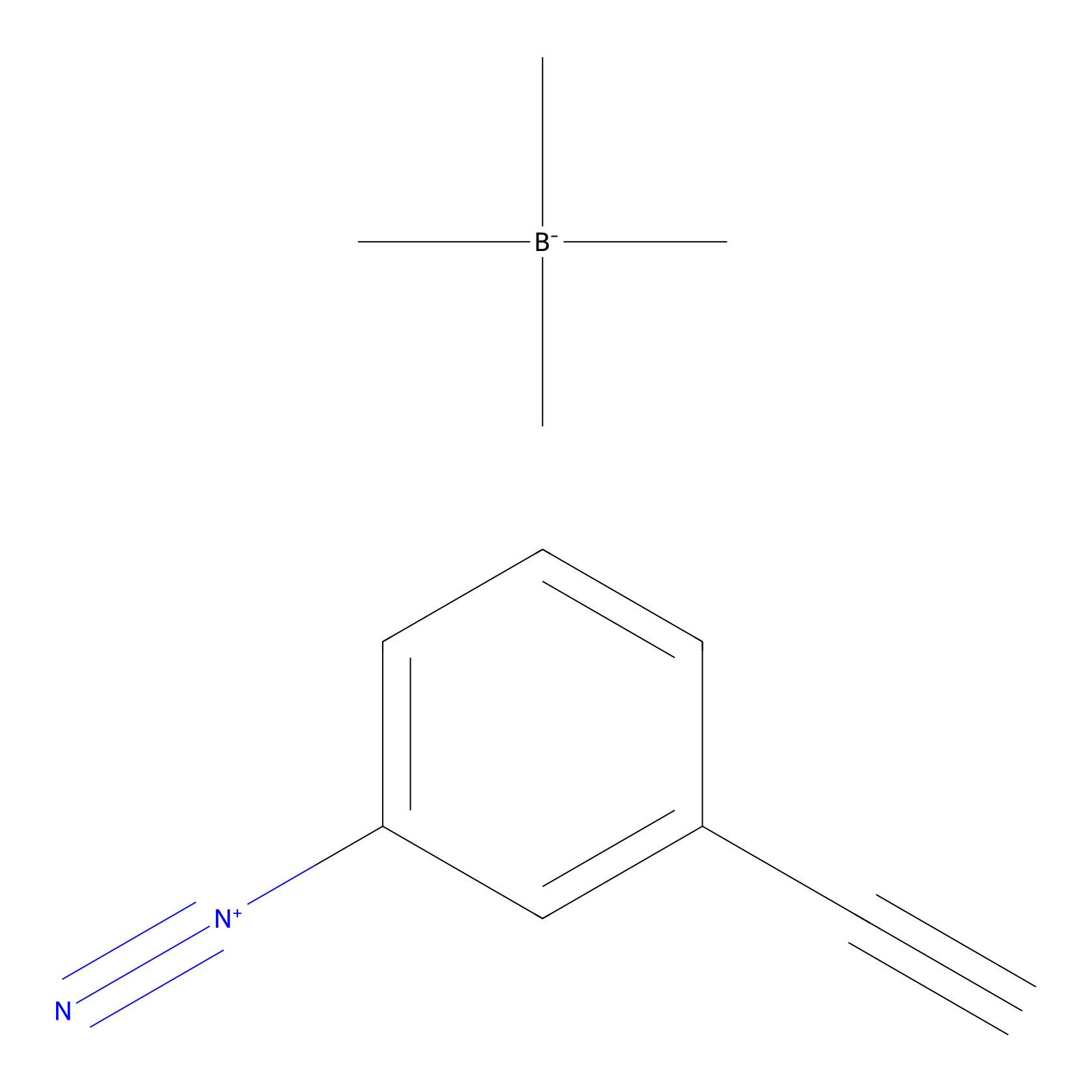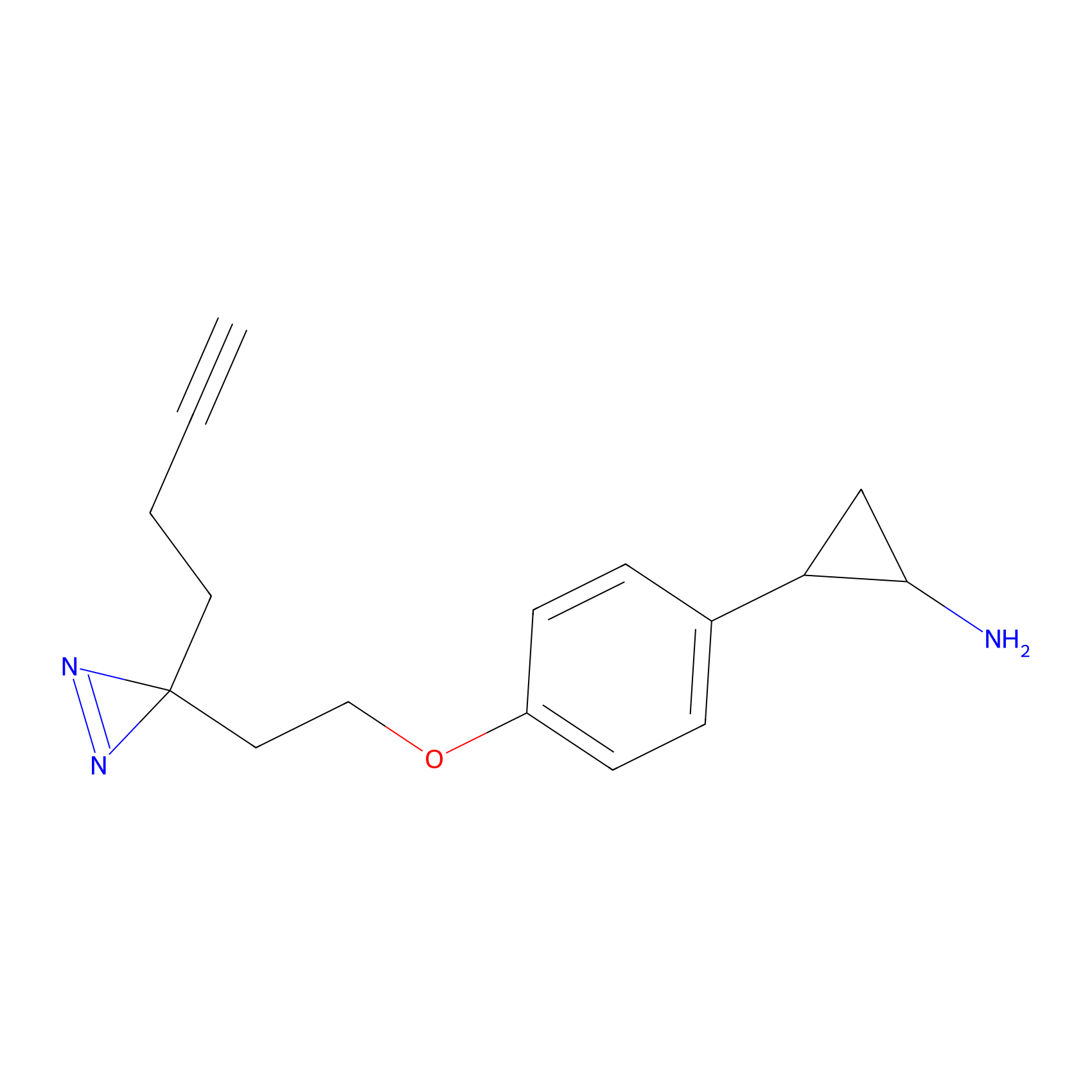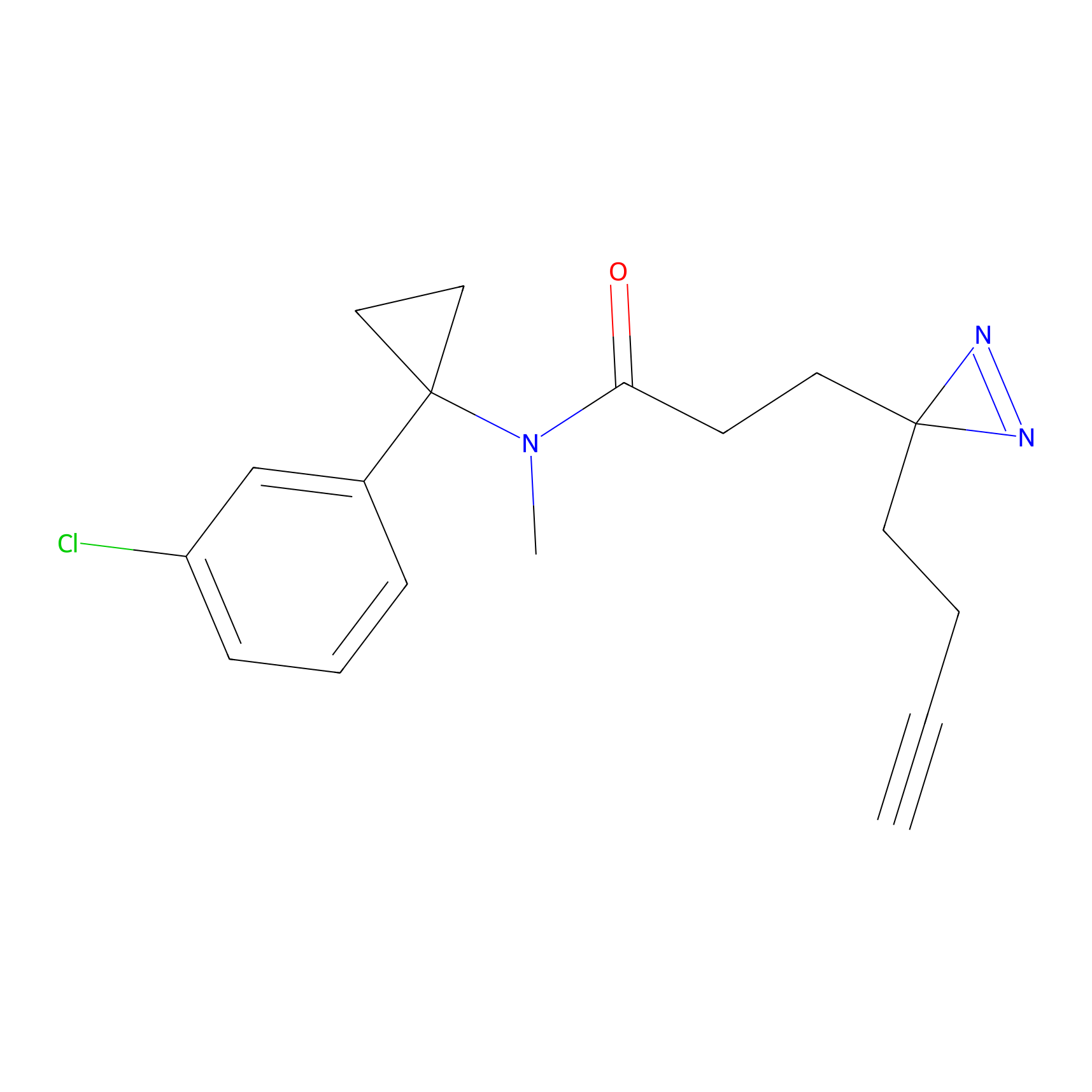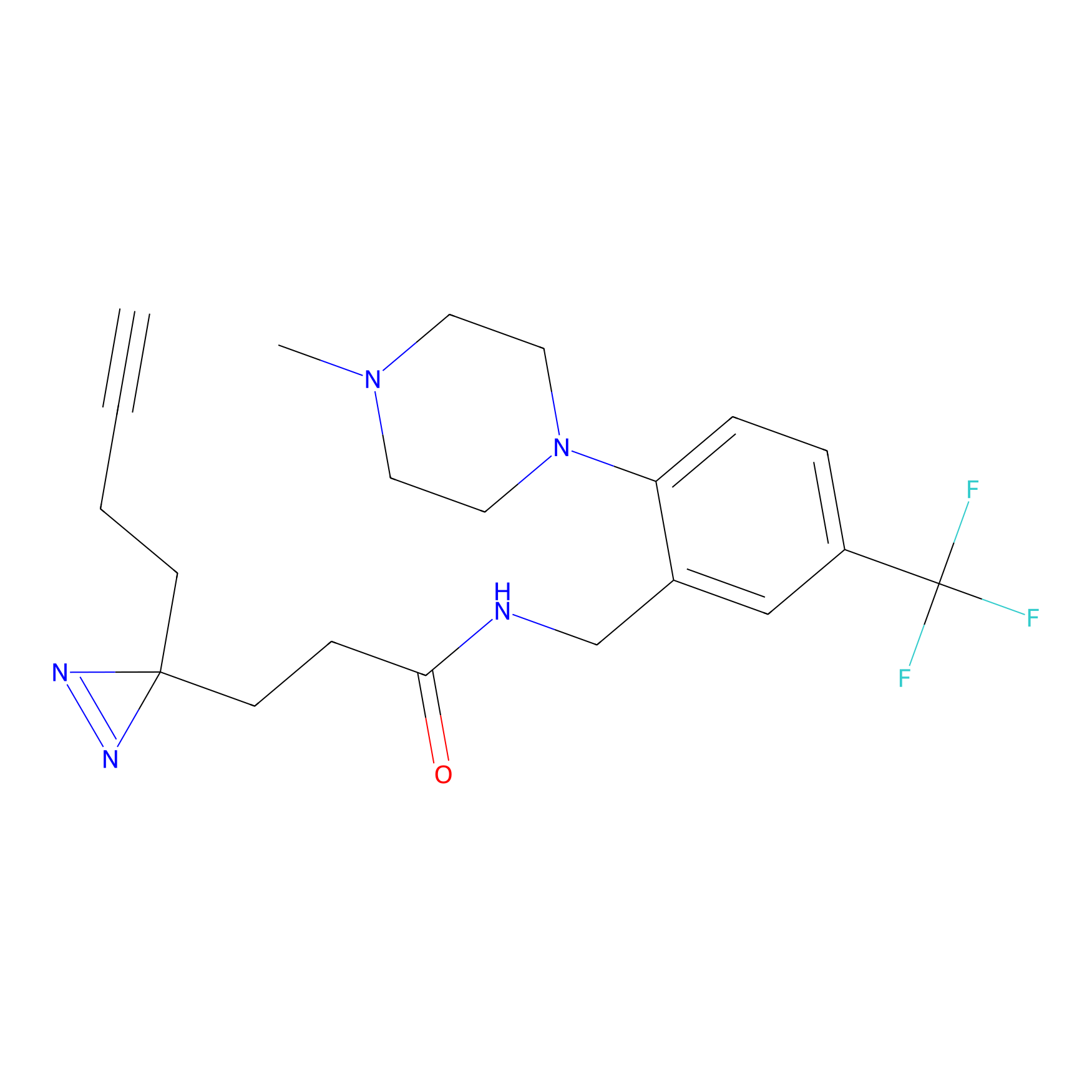Details of the Target
General Information of Target
| Target ID | LDTP12981 | |||||
|---|---|---|---|---|---|---|
| Target Name | Proton-transporting V-type ATPase complex assembly regulator TMEM9 (TMEM9) | |||||
| Gene Name | TMEM9 | |||||
| Gene ID | 252839 | |||||
| Synonyms |
DERP4; TMEM9A; Proton-transporting V-type ATPase complex assembly regulator TMEM9; v-ATPase assembly regulator TMEM9; Dermal papilla-derived protein 4; Transmembrane protein 9; Protein TMEM9 |
|||||
| 3D Structure | ||||||
| Sequence |
MLVLPSPCPQPLAFSSVETMEGPPRRTCRSPEPGPSSSIGSPQASSPPRPNHYLLIDTQG
VPYTVLVDEESQREPGASGAPGQKKCYSCPVCSRVFEYMSYLQRHSITHSEVKPFECDIC GKAFKRASHLARHHSIHLAGGGRPHGCPLCPRRFRDAGELAQHSRVHSGERPFQCPHCPR RFMEQNTLQKHTRWKHP |
|||||
| Target Bioclass |
Transporter and channel
|
|||||
| Family |
TMEM9 family
|
|||||
| Subcellular location |
Lysosome membrane
|
|||||
| Function |
Transmembrane protein that binds to and facilitates the assembly of lysosomal proton-transporting V-type ATPase (v-ATPase), resulting in enhanced lysosomal acidification and trafficking. By bringing the v-ATPase accessory protein ATP6AP2 and the v-ATPase subunit ATP6V0D1 together, allows v-ATPase complex formation and activation. TMEM9-controlled vesicular acidification induces hyperactivation of Wnt/beta-catenin signaling, involved in development, tissue homeostasis and tissue regeneration, through lysosomal degradation of adenomatous polyposis coli/APC. In the liver, involved in hepatic regeneration.
|
|||||
| Uniprot ID | ||||||
| Ensemble ID | ||||||
| HGNC ID | ||||||
Probe(s) Labeling This Target
ABPP Probe
| Probe name | Structure | Binding Site(Ratio) | Interaction ID | Ref | |
|---|---|---|---|---|---|
|
Probe 1 Probe Info |
 |
Y122(6.57) | LDD3495 | [1] | |
|
FBPP2 Probe Info |
 |
4.29 | LDD0054 | [2] | |
|
Acrolein Probe Info |
 |
N.A. | LDD0227 | [3] | |
|
DBIA Probe Info |
 |
C33(1.06) | LDD1507 | [4] | |
PAL-AfBPP Probe
| Probe name | Structure | Binding Site(Ratio) | Interaction ID | Ref | |
|---|---|---|---|---|---|
|
C106 Probe Info |
 |
16.11 | LDD1793 | [5] | |
|
C310 Probe Info |
 |
24.08 | LDD1977 | [5] | |
Competitor(s) Related to This Target
| Competitor ID | Name | Cell line | Binding Site(Ratio) | Interaction ID | Ref |
|---|---|---|---|---|---|
| LDCM0214 | AC1 | HEK-293T | C33(1.06) | LDD1507 | [4] |
| LDCM0259 | AC14 | HEK-293T | C33(1.00) | LDD1512 | [4] |
| LDCM0276 | AC17 | HEK-293T | C33(1.01) | LDD1515 | [4] |
| LDCM0282 | AC22 | HEK-293T | C33(0.97) | LDD1521 | [4] |
| LDCM0285 | AC25 | HEK-293T | C33(1.03) | LDD1524 | [4] |
| LDCM0291 | AC30 | HEK-293T | C33(0.90) | LDD1530 | [4] |
| LDCM0294 | AC33 | HEK-293T | C33(0.91) | LDD1533 | [4] |
| LDCM0299 | AC38 | HEK-293T | C33(0.97) | LDD1538 | [4] |
| LDCM0303 | AC41 | HEK-293T | C33(1.07) | LDD1542 | [4] |
| LDCM0308 | AC46 | HEK-293T | C33(0.82) | LDD1547 | [4] |
| LDCM0311 | AC49 | HEK-293T | C33(1.00) | LDD1550 | [4] |
| LDCM0317 | AC54 | HEK-293T | C33(1.01) | LDD1556 | [4] |
| LDCM0320 | AC57 | HEK-293T | C33(0.99) | LDD1559 | [4] |
| LDCM0323 | AC6 | HEK-293T | C33(0.99) | LDD1562 | [4] |
| LDCM0326 | AC62 | HEK-293T | C33(0.94) | LDD1565 | [4] |
| LDCM0356 | AKOS034007680 | HEK-293T | C33(0.98) | LDD1570 | [4] |
| LDCM0368 | CL10 | HEK-293T | C33(1.11) | LDD1572 | [4] |
| LDCM0404 | CL17 | HEK-293T | C33(0.93) | LDD1608 | [4] |
| LDCM0410 | CL22 | HEK-293T | C33(1.02) | LDD1614 | [4] |
| LDCM0417 | CL29 | HEK-293T | C33(0.90) | LDD1621 | [4] |
| LDCM0423 | CL34 | HEK-293T | C33(1.11) | LDD1627 | [4] |
| LDCM0431 | CL41 | HEK-293T | C33(0.98) | LDD1635 | [4] |
| LDCM0436 | CL46 | HEK-293T | C33(1.16) | LDD1640 | [4] |
| LDCM0440 | CL5 | HEK-293T | C33(1.10) | LDD1644 | [4] |
| LDCM0444 | CL53 | HEK-293T | C33(1.03) | LDD1647 | [4] |
| LDCM0449 | CL58 | HEK-293T | C33(1.13) | LDD1652 | [4] |
| LDCM0457 | CL65 | HEK-293T | C33(0.89) | LDD1660 | [4] |
| LDCM0463 | CL70 | HEK-293T | C33(0.93) | LDD1666 | [4] |
| LDCM0470 | CL77 | HEK-293T | C33(1.01) | LDD1673 | [4] |
| LDCM0476 | CL82 | HEK-293T | C33(1.07) | LDD1679 | [4] |
| LDCM0483 | CL89 | HEK-293T | C33(0.97) | LDD1686 | [4] |
| LDCM0489 | CL94 | HEK-293T | C33(1.08) | LDD1692 | [4] |
| LDCM0109 | NEM | HeLa | N.A. | LDD0227 | [3] |
| LDCM0008 | Tranylcypromine | SH-SY5Y | 4.29 | LDD0054 | [2] |
The Interaction Atlas With This Target
The Protein(s) Related To This Target
Enzyme
| Protein name | Family | Uniprot ID | |||
|---|---|---|---|---|---|
| V-type proton ATPase 16 kDa proteolipid subunit c (ATP6V0C) | V-ATPase proteolipid subunit family | P27449 | |||
Transporter and channel
Other
References
